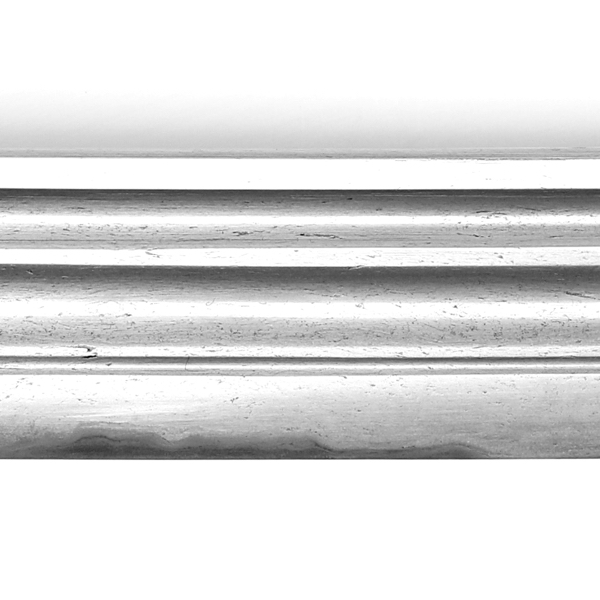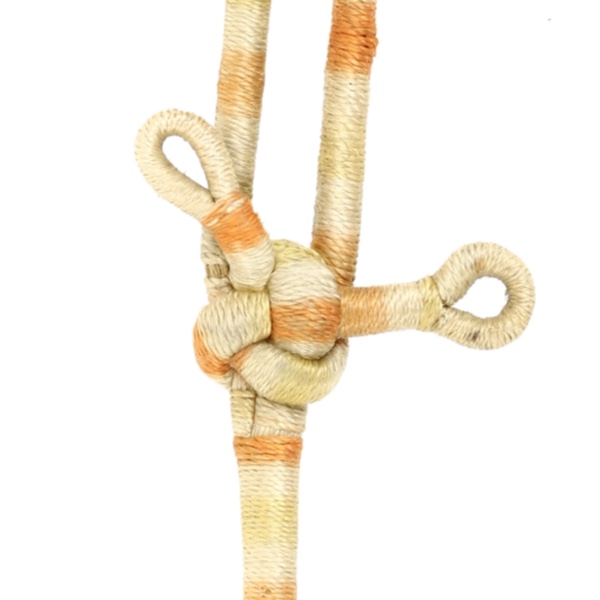
Xián gé dā (弦挌搭)
Chinese term for the knot in a bowstring.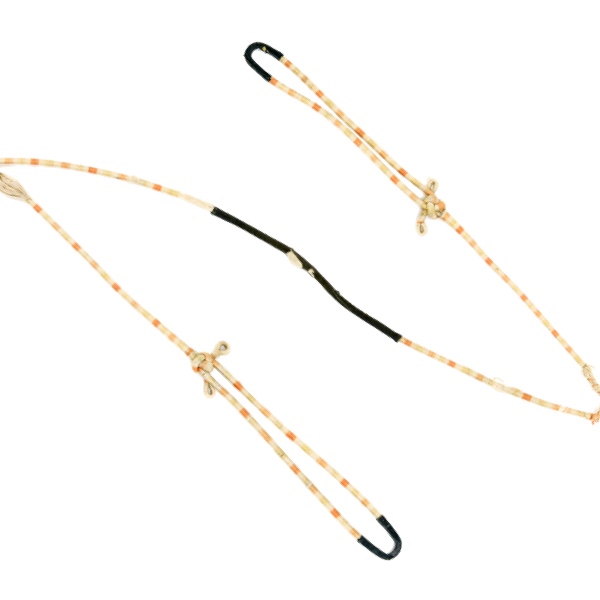
Gōng xián (弓弦)
Chinese term for the bowstring.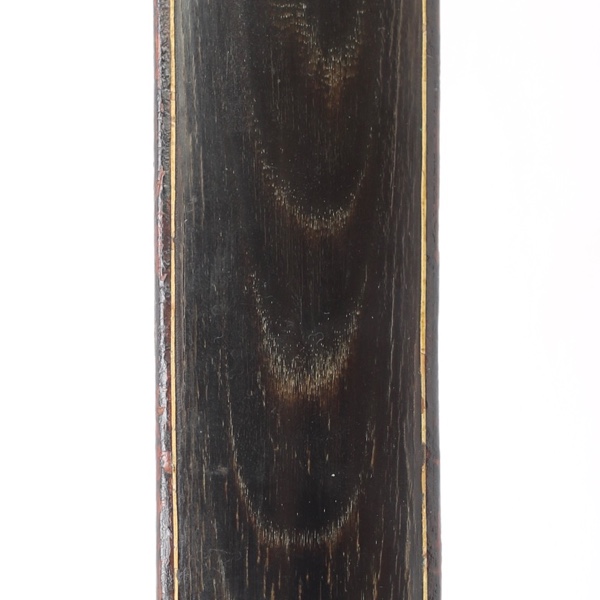
Gōng miàn (弓面)
Chinese term for the face of a bow, usually made of buffalo horn.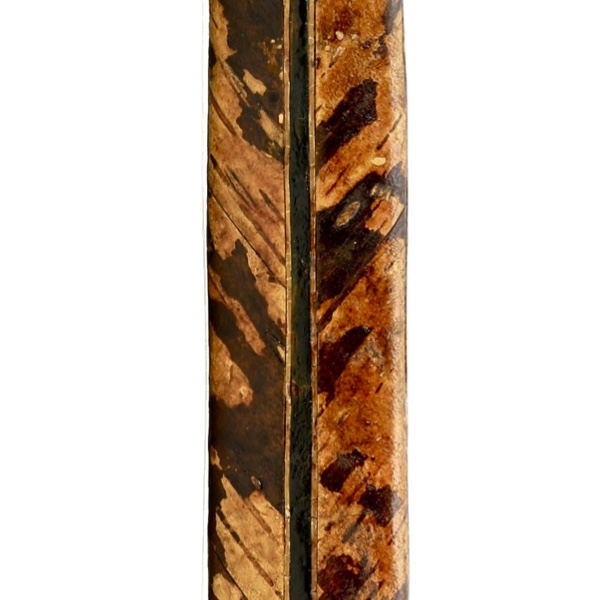
Huà huà pí (畫樺皮)
Chinese term for the "painted birch bark" often covering composite bows.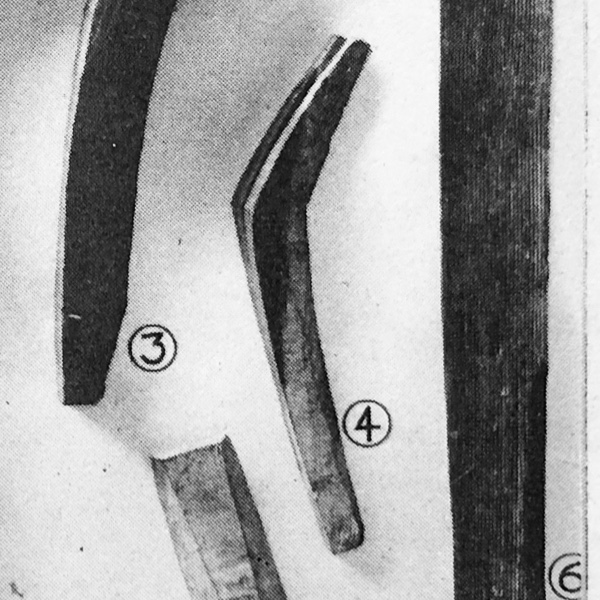
Gōng nǎo (弓腦)
Chinese term for the "knee" of a composite bow.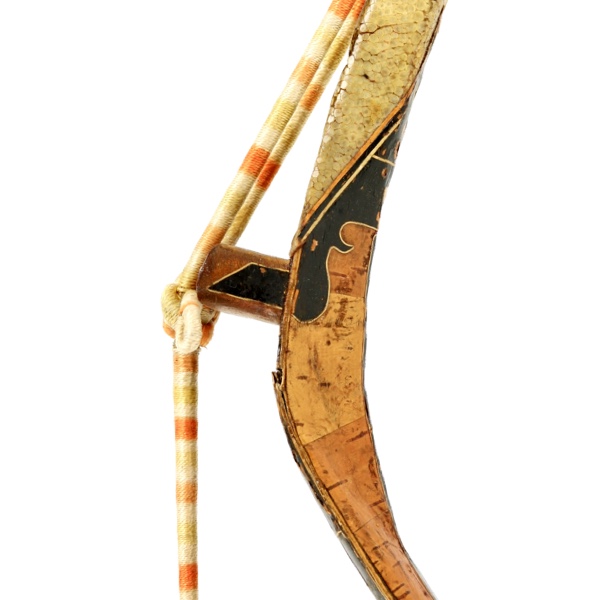
Gōng diànzi (弓墊子)
Chinese term for the string bridge on some types of composite bows.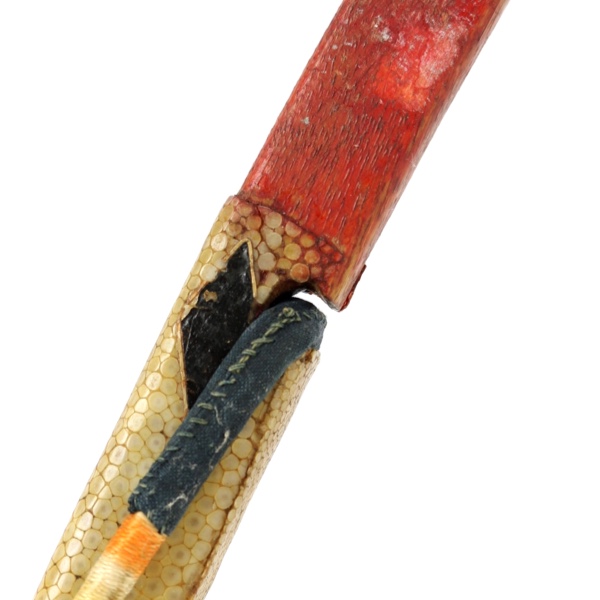
Kòuzi (扣子)
Chinese term for the string notch on each bow tip.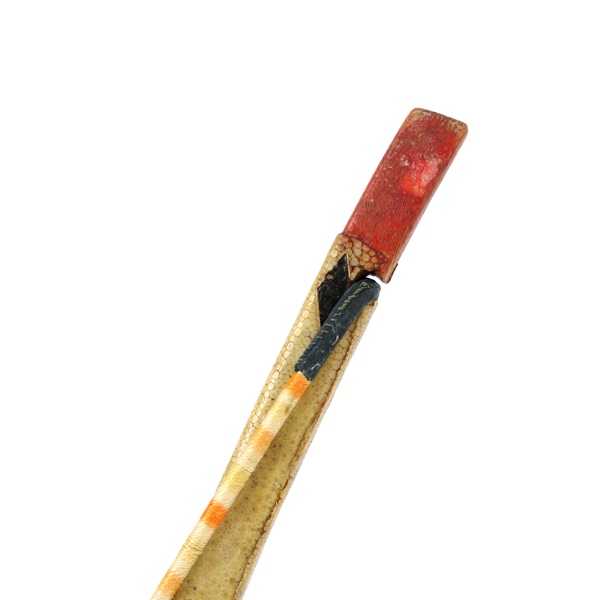
Shāo tóu (弰頭)
Chinese term for the tips on either end of a bow.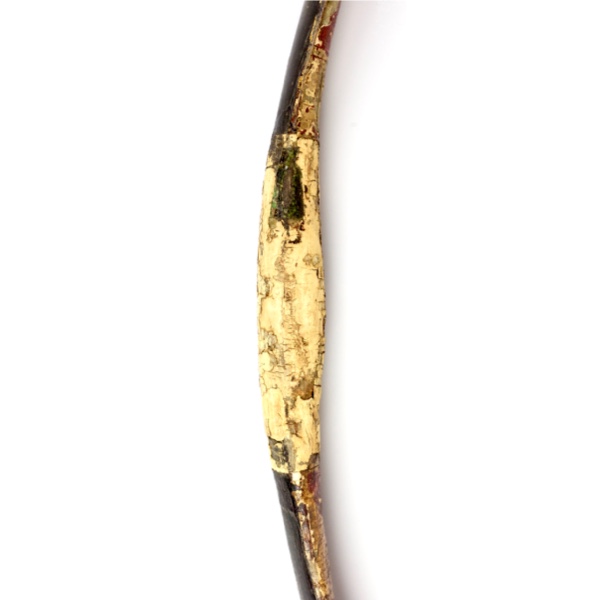
Jiàn liūzi (箭溜子)
Chinese term for the spot on the bow where the arrow slips by.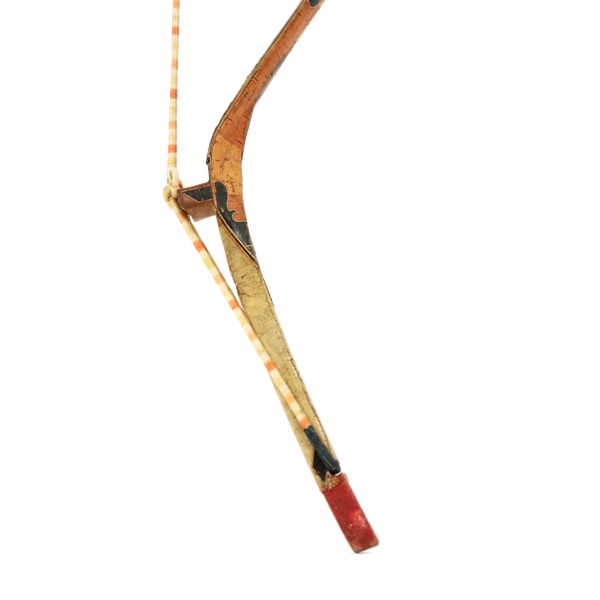
Gōng shāo (弓弰)
Chinese term for "bow ear".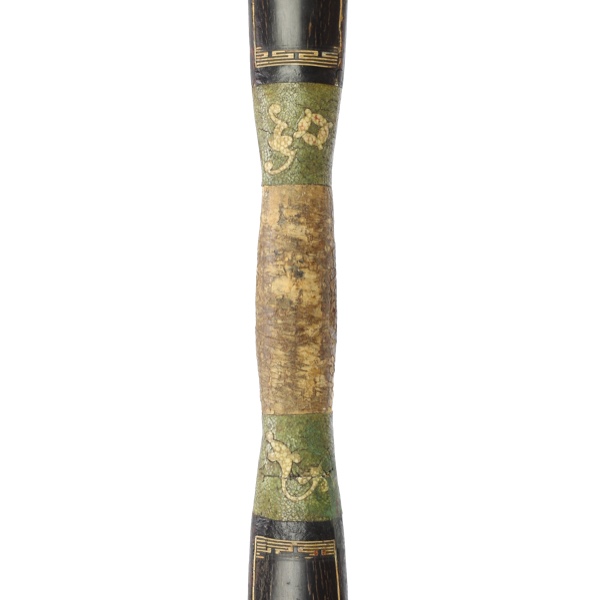
Gōngbà bǎngzi (弓弝膀子)
Chinese term for the sides of the bow grip.
Gōngbà (弓弝)
Chinese term for "bow grip".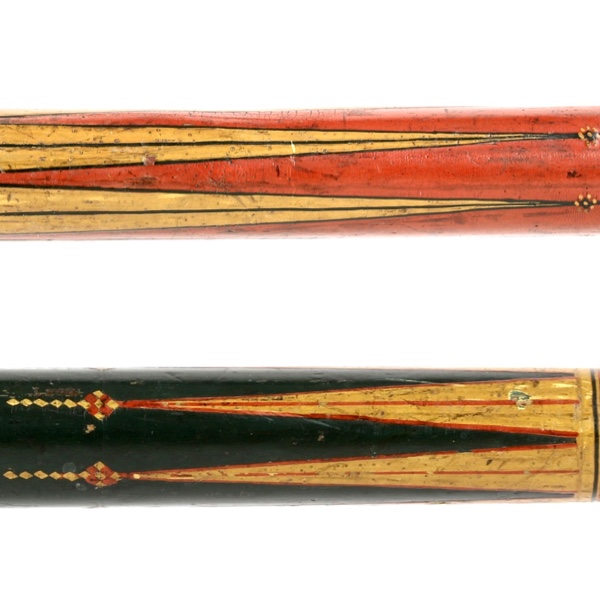
Ī-vaḍuvō
Literally "arrow-makers", a Sinhalese class of craftsmen that did wood turning and lacquer work.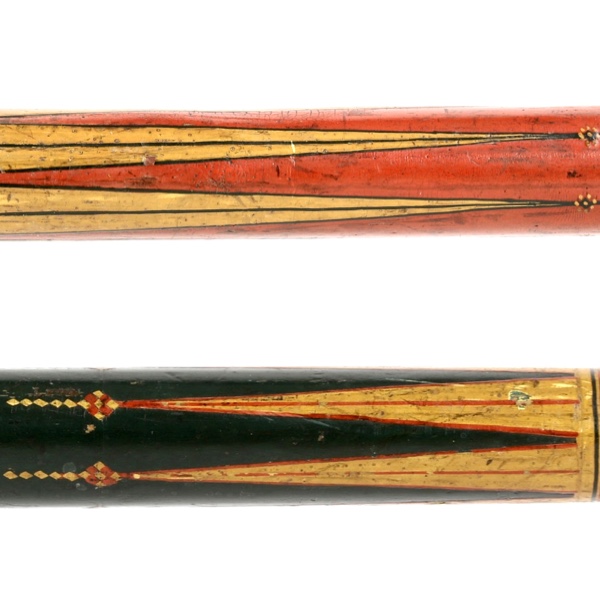
Patura
Sinhalese term for a decorative motif that consists of elongated triangles with two sides of equal length.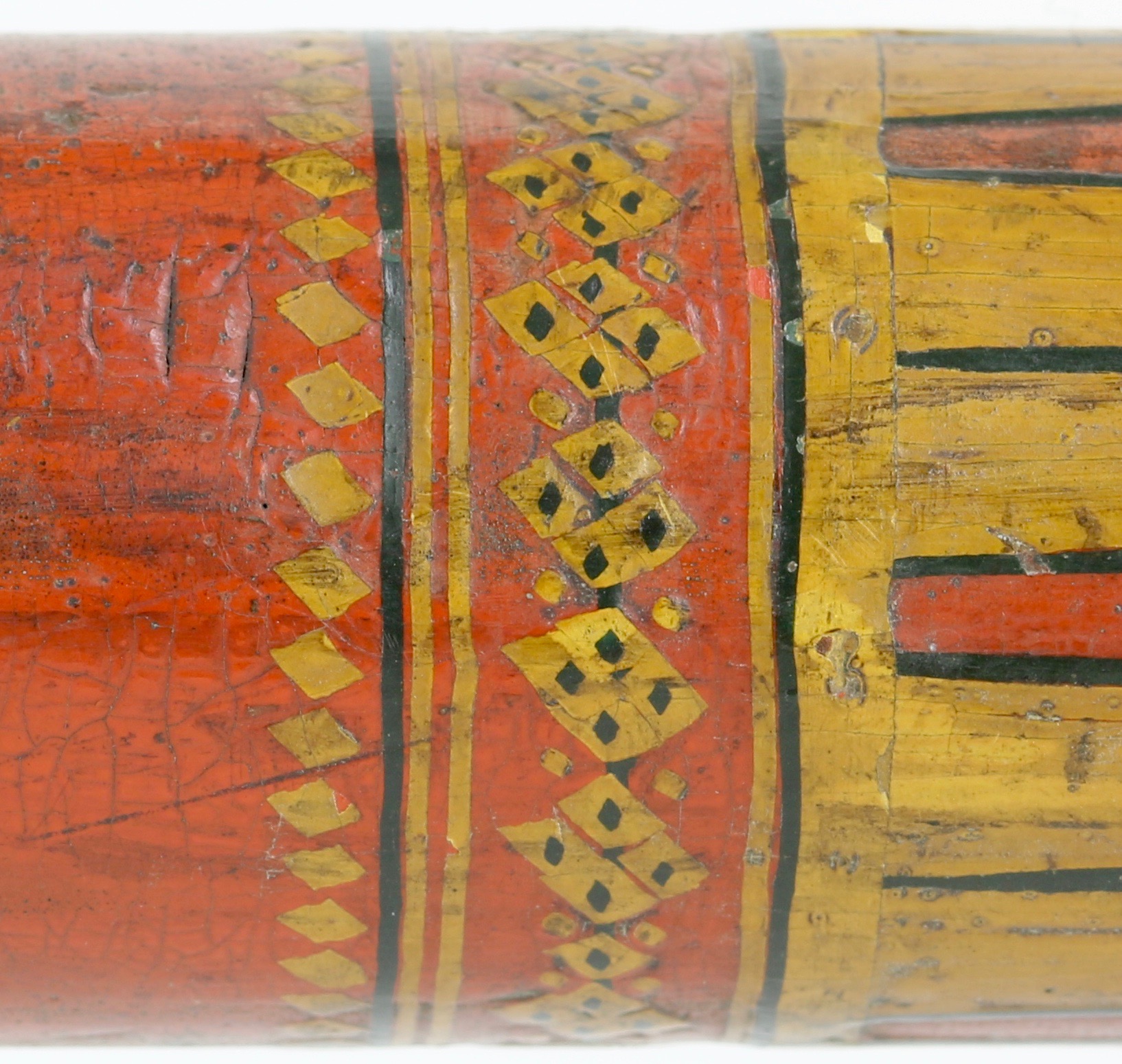
Gal-bindu (ගල් බින්දු)
A Sinhalese decorative motif in lacquer that consists of diamond shapes.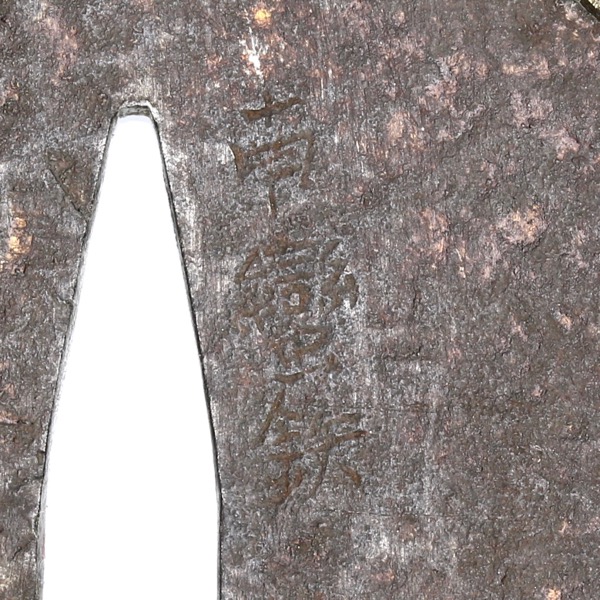
Nanban tetsu (南蠻鉃)
Literally: Southern barbarian steel.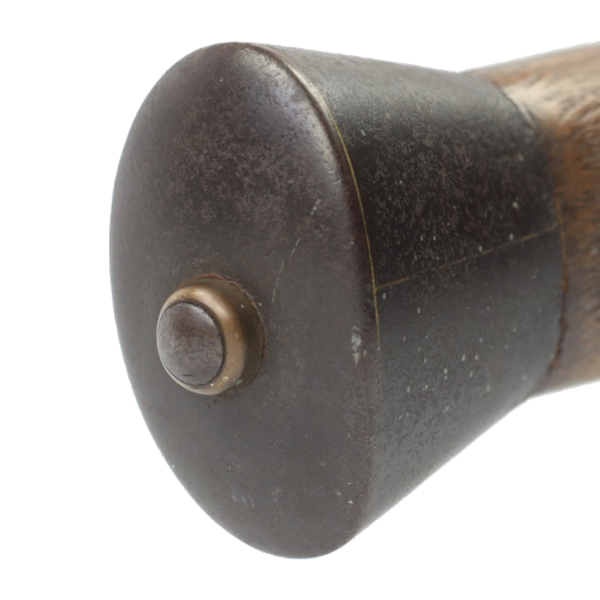
Anggûta
Manchu word for the washer at the back of a sword pommel.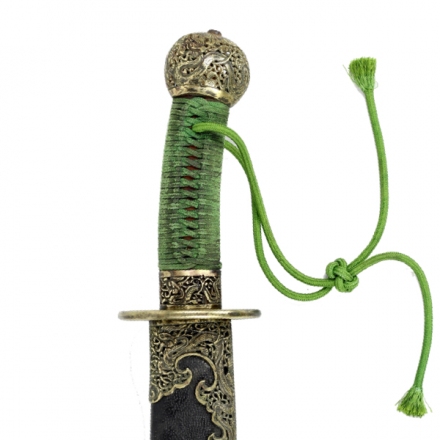
Turu
Manchu word for saber lanyard.
Sirdan sele
Manchu for the suspension bar on top of a sword scabbard.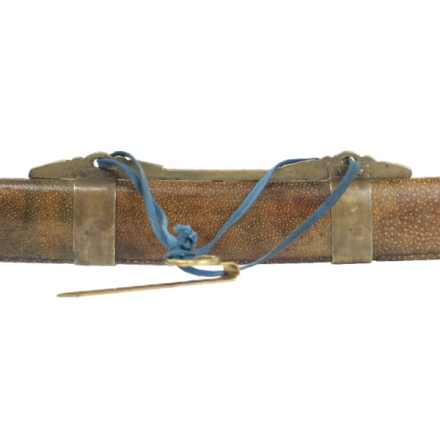
Tebeliyeku
Manchu for the suspension bands on a sword scabbard.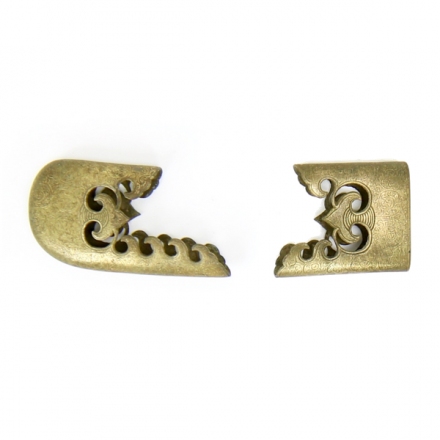
Dubei toldohon
Manchu for the fittings on either end of the scabbard.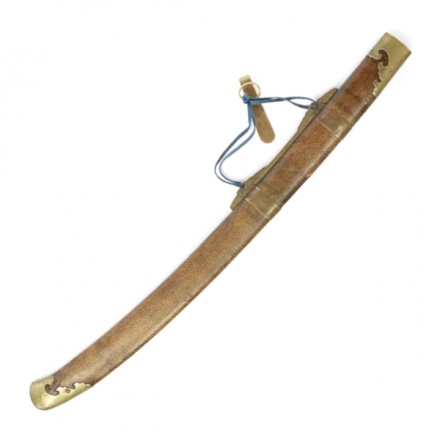
Homhon
Manchu word for scabbard.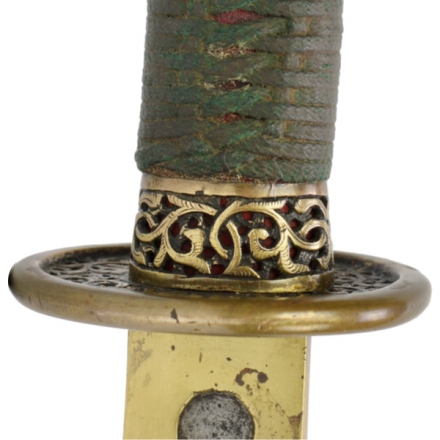
fesin-i toldohon
Manchu word for sword grip ferrule.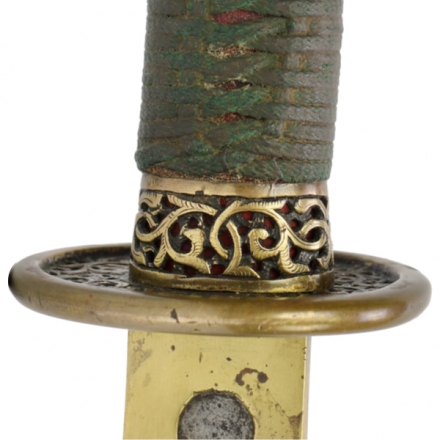
Guye
Language: Manchu
Source: Classical literature
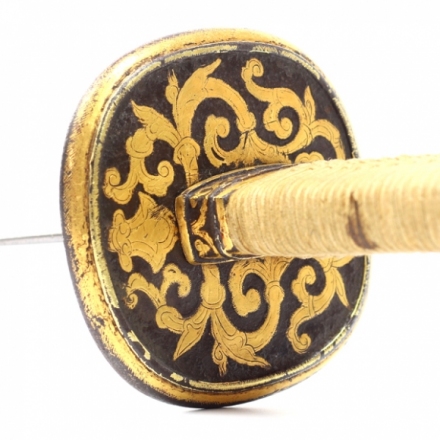
Garin
Manchu for "saber guard".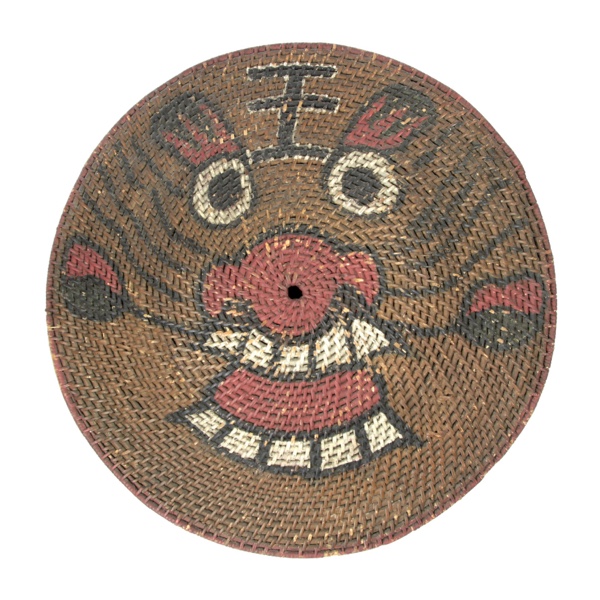
Téngpái (藤牌)
The Chinese rattan shield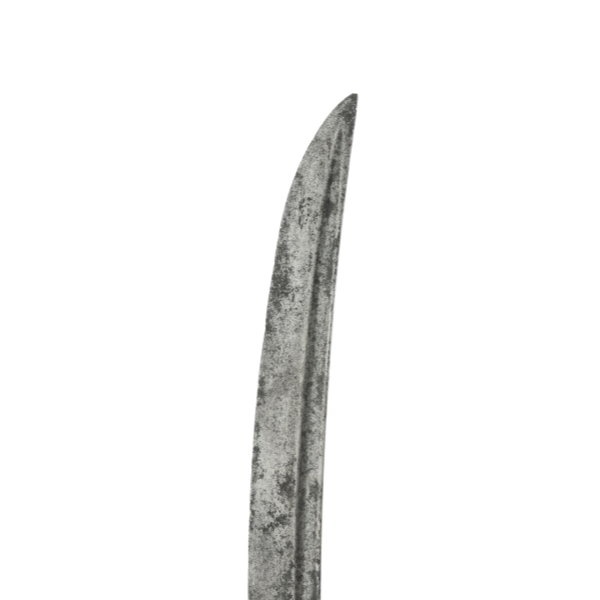
Thuda
Sinhala for the point of a sword blade.
Agissa
Sinhala term for the edge on a sword blade.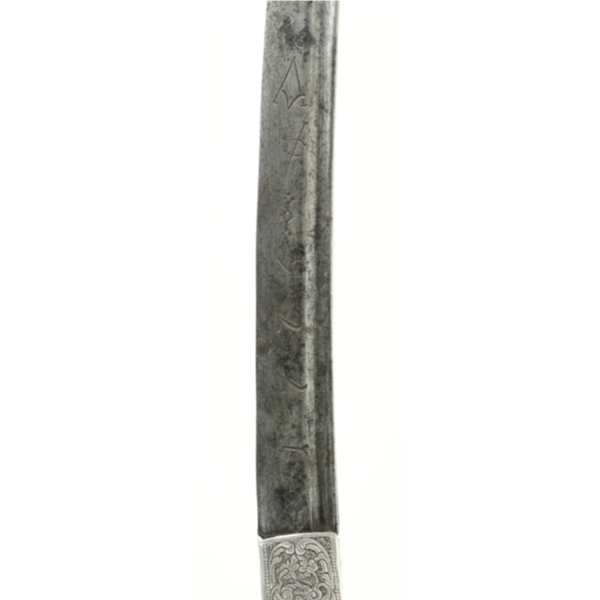
Peeli
Sinhala for grooves on a blade. (Fullers).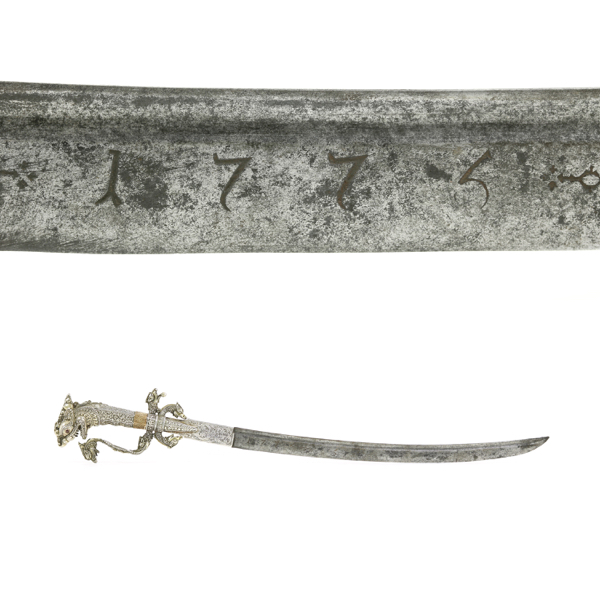
Isa
Sinhala for "blade".
Kadu patha
Sinhala for "blade".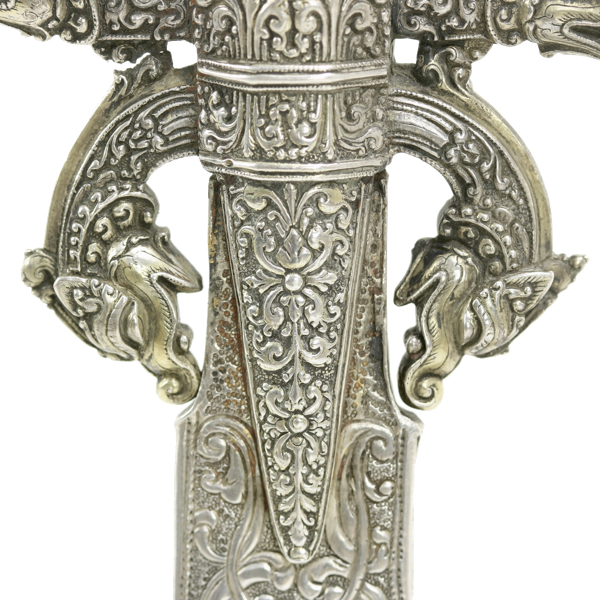
Alluva
Sinhala for side plates on a sword.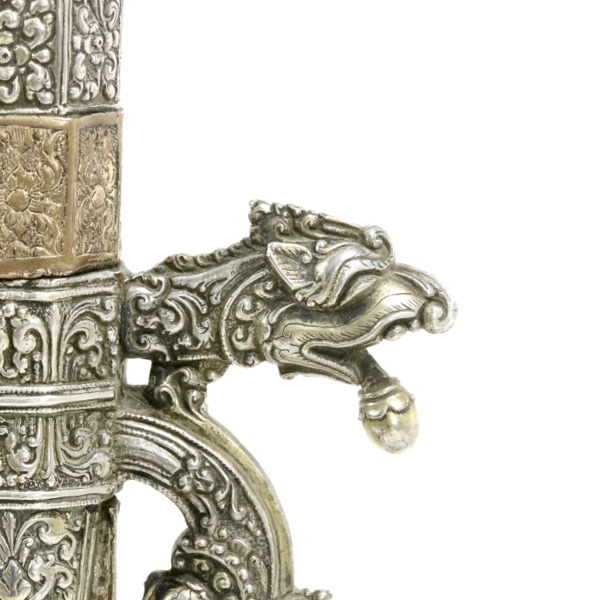
Sérapéṅdiya mūna
Sinhala for the head of a mythical bird. Often used as sword ornament.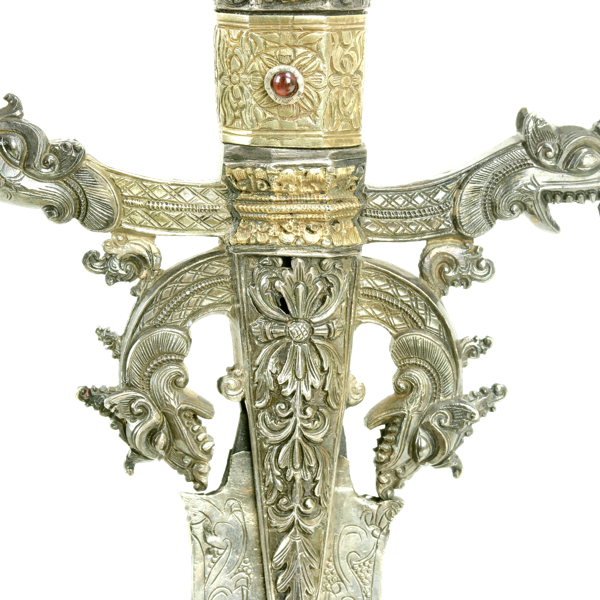
Vari sārkawa
Sinhala for the quillons on a Sinhalese sword.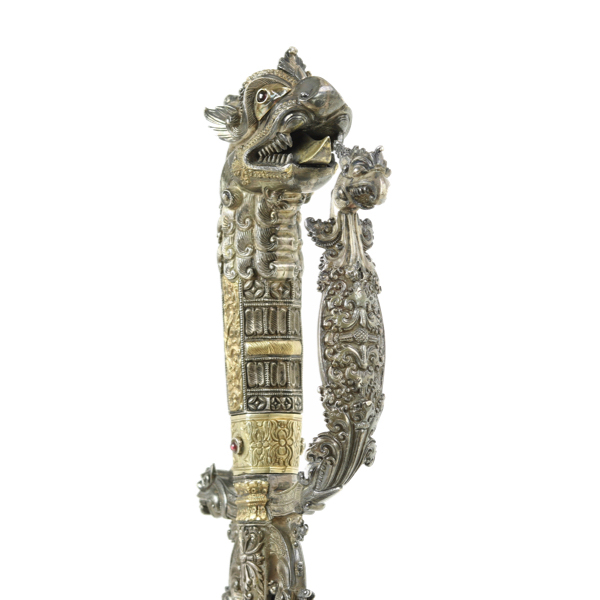
Ath häde
Sinhala for "knuckle guard".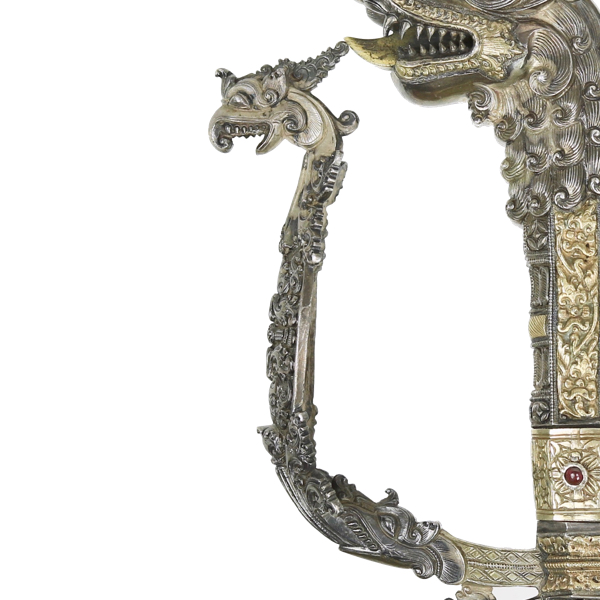
Ath väsma
Sinhala term given by Deraniyagala for "knuckle guard".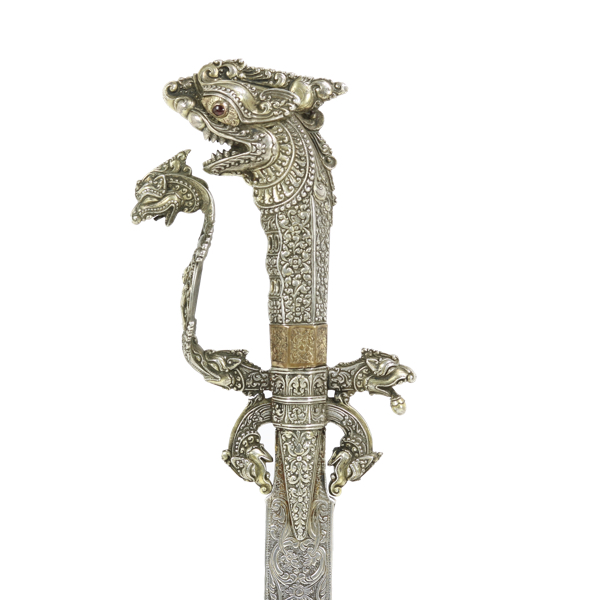
Siṃha mūnu mitta
Sinhala for "lion-faced hilt"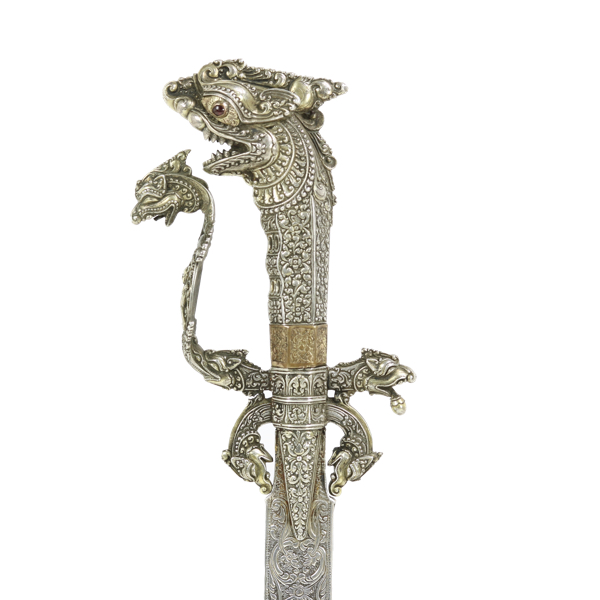
Mitta
Sinhala for "hilt".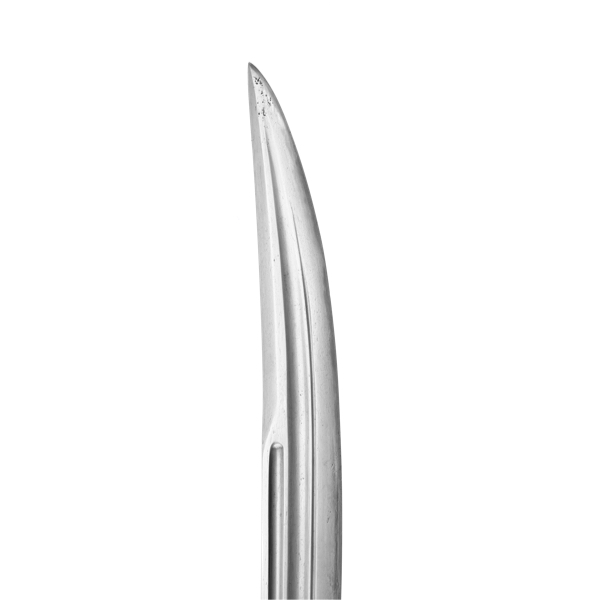
Dāo fēng (刀鋒)
The point of a blade.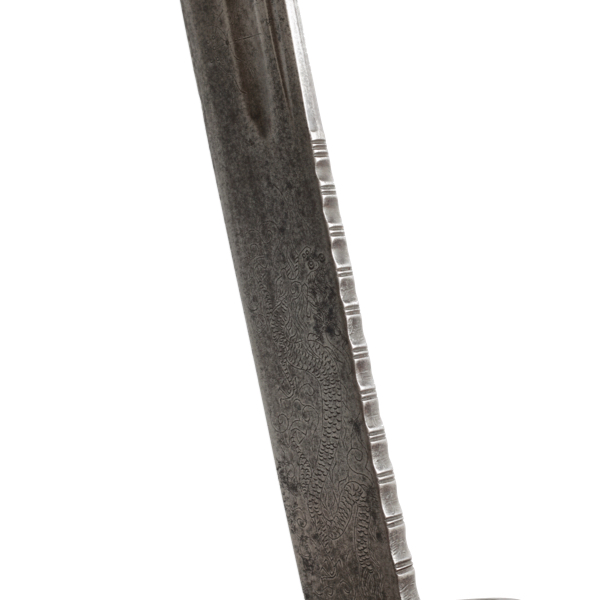
Dāo bèi (刀背)
Qing Chinese for the back of a blade.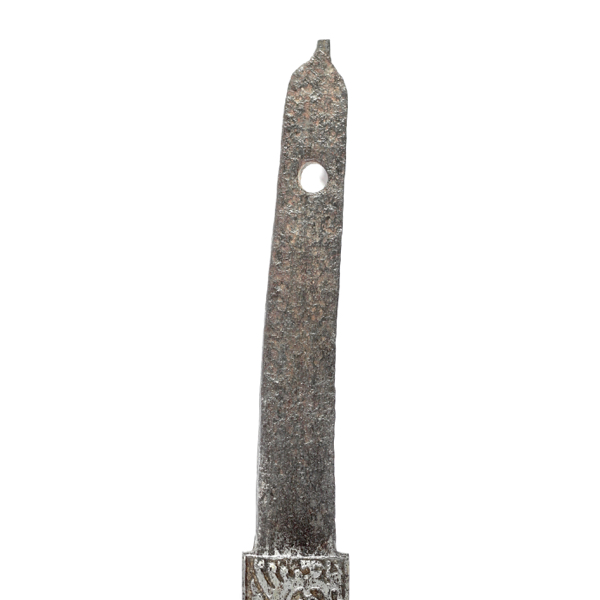
Sǔn (榫)
Language: Mandarin Chinese
Source: Classical literature
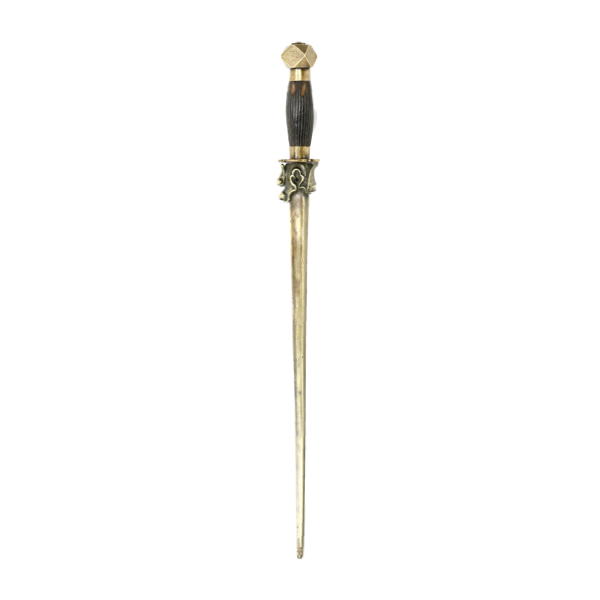
Tóngjiǎn (銅鐧)
Chinese for a bronze mace.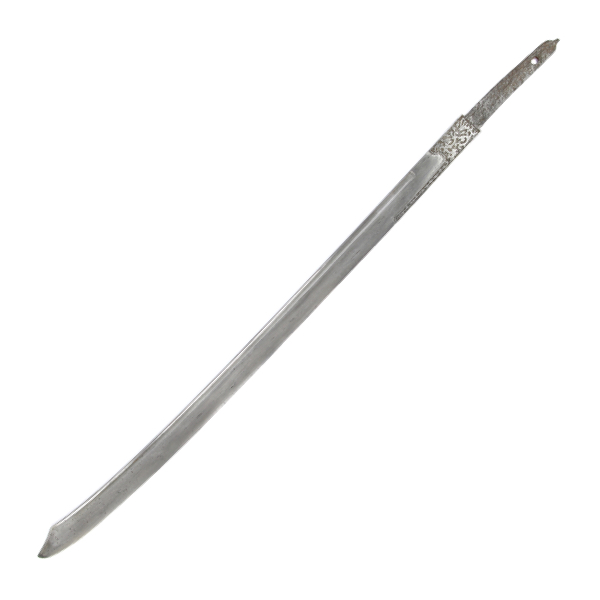
Dāo rèn (刀刃)
Qing Chinese for saber edge / saber blade.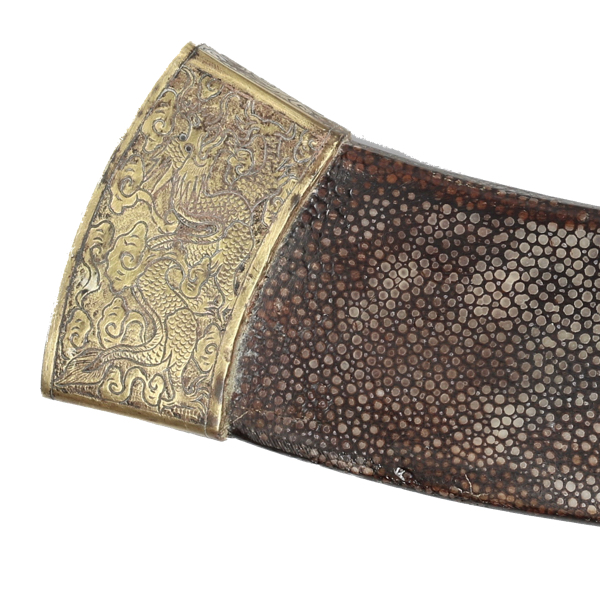
Dāo dǐ gū (刀底箍)
Qing Chinese for a saber scabbard endpiece.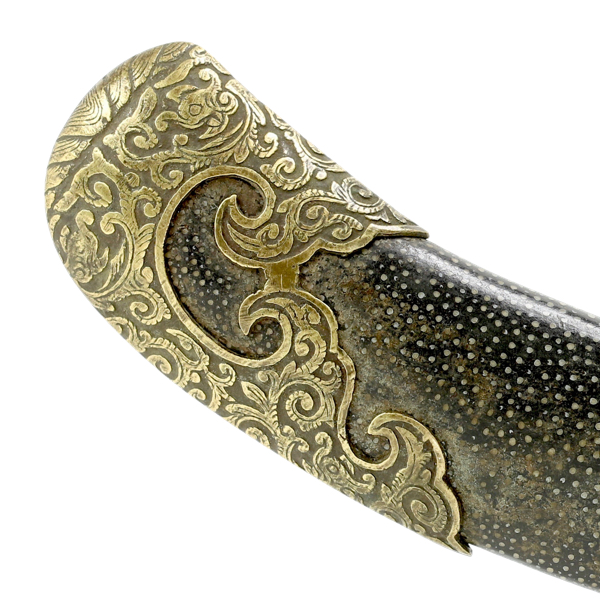
Dāo dǐ yún (刀底雲)
Qing Chinese for a specific type of scabbard endpiece.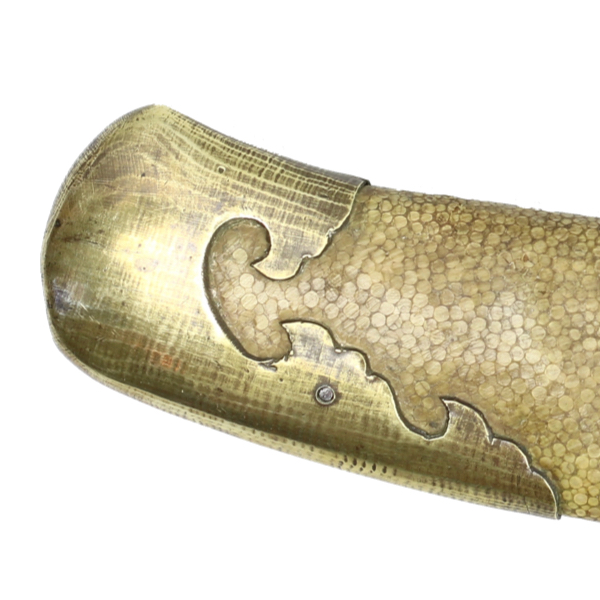
Dāo qiào dǐ shù (刀鞘底束)
Qing Chinese for saber scabbard endpiece.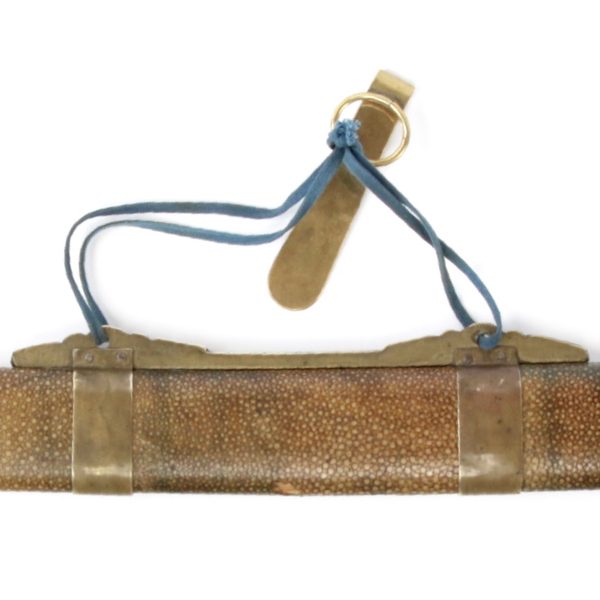
Dāo liáng (刀梁)
Qing Chinese for the suspension bar on a saber scabbard.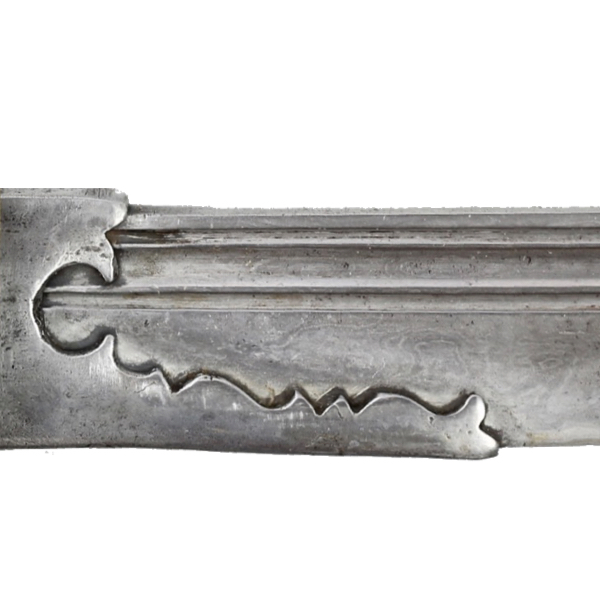
Ulhun
Manchu for tūnkǒu (吞口), a collar piece on the base of a sword or saber blade.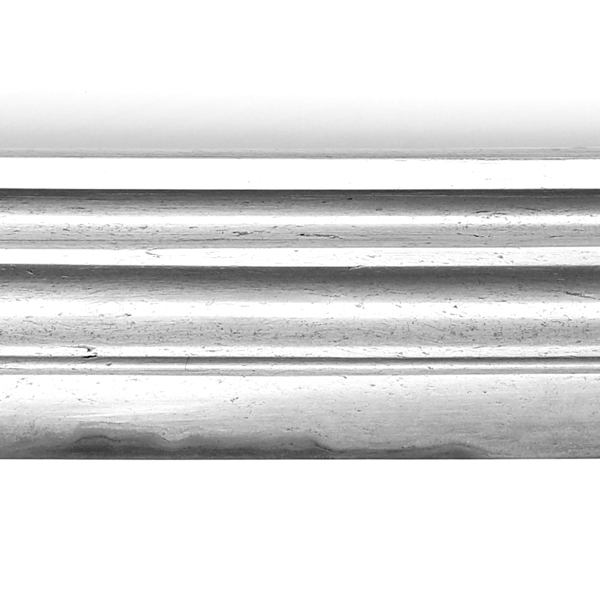
Kuhen
Machu for a groove on a blade or arrowhead